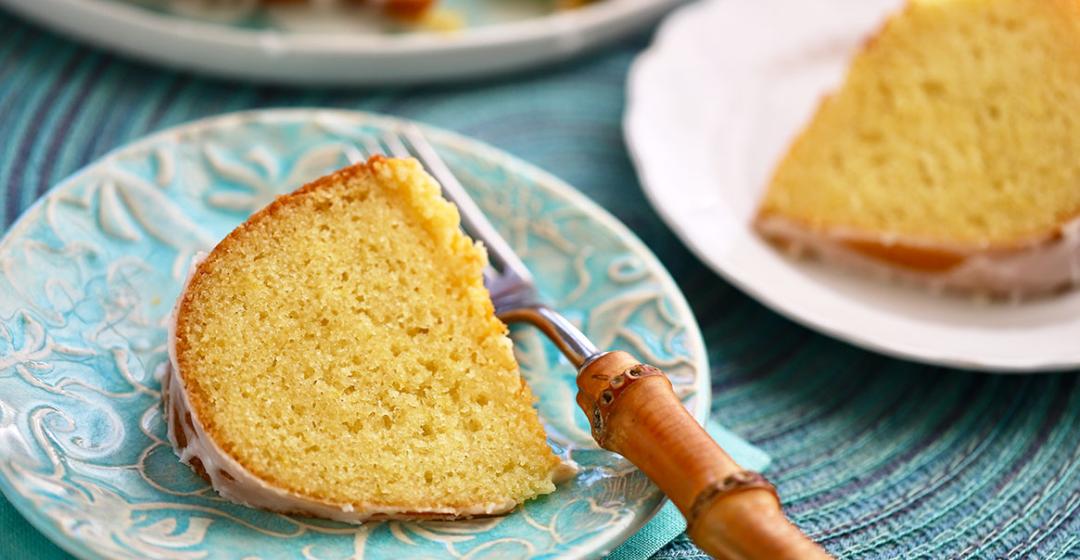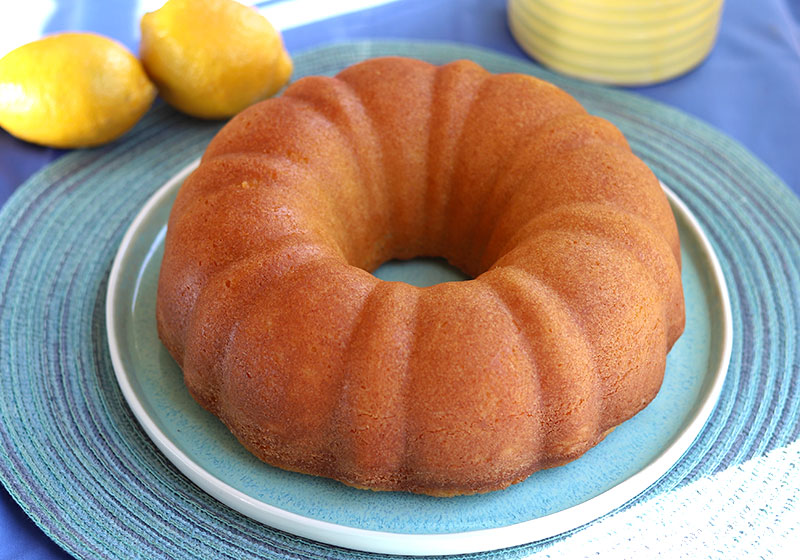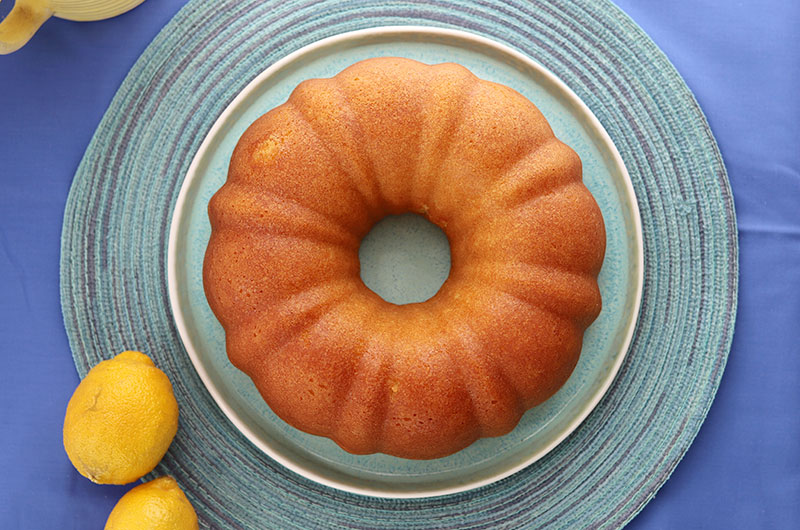Keep this one in your back pocket (or more accurately, on your countertop) – it’s a crowd pleaser. With that rich buttery, lemony flavor and a sturdy, moist texture, it’s the perfect cake to call on for an open house, a family gathering or an office potluck. It freezes well, too. Best of all, it’s a great excuse to use your favorite bundt pan.
Before you start baking, be absolutey sure to read Baking Together #22: One for the Bundt to get all the tips for success.
Serves 10
For the cake:
3 cups (13 ½ ounces) all-purpose flour
2 ½ teaspoons baking powder
¾ teaspoon table salt
¼ teaspoon baking soda
1 2/3 cups (11 5/8 ounces) granulated sugar
3 large lemons
16 tablespoons (8 ounces) unsalted butter, at room temperature
5 large eggs, at room temperature
Yolks from 2 large eggs, at room temperature
3/4 cup (6 ounces) whole milk
3 tablespoons freshly squeezed lemon juice
2 tablespoons neutral oil
1 teaspoon pure vanilla extract
For the glaze:
1 cup (4 ounces) confectioners’ sugar, sifted if lumpy
3 to 5 teaspoons freshly squeezed lemon juice
2 teaspoons finely grated lemon zest, for sprinkling (optional)
Make the cake
1. Position a rack in the center of the oven and heat the oven to 325°F. Lightly grease and flour the bottom and sides of a 10 to 12 cup fluted tube pan (see kitchen notes).
2. In a medium mixing bowl, combine the flour, baking powder, salt, and baking soda. Whisk until well blended. Put the sugar in the bowl of a stand mixer fitted with the paddle attachment (or a large bowl if using a hand-held mixer). Zest the lemons directly into the bowl of sugar. (It will be about 2 tablespoons.) Mix on medium-low speed until the sugar is yellow-tinged and very fragrant, about 2 minutes.
3. Add the butter and beat on medium speed until well combined and fluffy, about 2 minutes.
4. Add the eggs, two at a time, adding the yolks with the final egg, beating well after each addition.
5. Add a third of the flour mixture and mix on low speed until just blended. Add about half of the milk, the lemon juice, the oil and the vanilla and mix until just blended. Add another third of the flour mixture and mix on low speed until just blended. Add the remaining milk and mix on low speed until just blended. Add the flour mixture and, using a spatula, gently fold until just blended.
6. Scrape the batter into the prepared pan, spread evenly and tap the pan gently but firmly on the counter several times to settle the batter. Bake until a pick inserted in the center comes out with just a few crumbs attached, 50 to 60 minutes (see kitchen notes on baking times).
7. Move the pan to a rack and let cool for about 20 minutes. Holding the pan on its side, tap the rim of the pan on the counter, turning and repeating the tapping, to loosen the cake. Invert onto a rack, lift off the pan and let cool completely.
Make the glaze
1. In a small bowl, stir the confectioners’ sugar and 3 teaspoons of the lemon juice. Add more lemon juice, a little at a time, until the glaze is smooth, very thick, and shiny. It should flow thickly but smoothly and form a ribbon that very slowly disappears.
2. Move the cooled cake to a serving plate. Use a spoon or small spatula to drizzle glaze over the top of the cake in a zigzag pattern. The glaze should form thick ribbons that drip down the sides of the cake. Sprinkle the remaining lemon zest, if using, over the glaze. Serve immediately or store at room temperature. While the cake is optimal up to one day after baking, leftovers are delicious for days.
.









